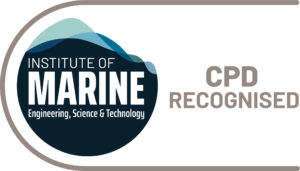Why
Background
A global approach for the development of energy efficiency systems including an effective emission control is led by the IMO on account of the continued rapid growth of the world trade in the maritime transport. (IMO, 2012). According to GL (2012), IMO has mandated certain measures related to energy efficiency in international shipping namely, Energy Efficiency Design Index (EEDI) which mandates energy efficiency standards for new ships; Energy Efficiency Operational Index (EEOI) to provide a tool for measuring the ship’s fuel efficiency in operation and monitor the effect of any variations e.g. more frequent propeller cleaning or improved voyage planning or introduction of technical measures such as a new propeller or waste heat recovery systems; and Ship Energy Efficiency Management Plan (SEEMP), a management tool for ship owners. These three standards came into force on January 1, 2013 within a new chapter of MARPOL Annex VI. Complex technologies will be involved in building a ship efficiency and emission control system by the marine suppliers bearing in mind the life expectancy of vessels which is estimated to be around 30 years and also of the mandatory regulations to be met as set by IMO (Ziarati et al, 2017, 2018, Oceana 2013).


